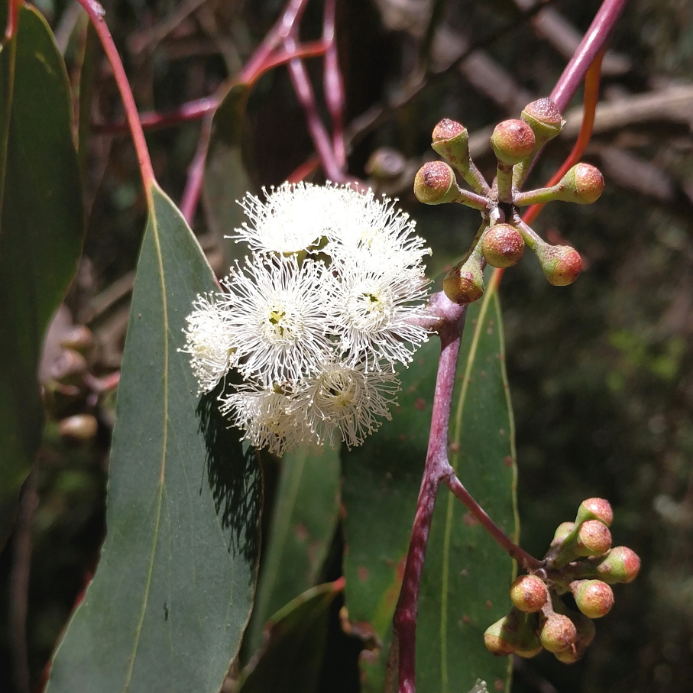
A new guide to help DEECA’s forest managers tend Victoria’s iconic and distinctive Alpine Ash forests has arrived at a critical time.
The expertise captured in the manual is being used to support the Victorian Government’s response to the Federal Government’s proposed listing of Alpine Ash ecological communities under the Environment Protection Biodiversity and Conservation Act.
Forest Health and Recreation Program lead Bill Paul said information in the Alpine Ash in Victoria’s Native Forests, Silviculture Reference Manual would also support DEECA’s Forest Fire and Operations Division’s forest health initiatives for Alpine Ash communities.
“Alpine Ash are such a key ecosystem, complex and dynamic to manage,” he said.
“They face impacts across the landscape through climate change and increasingly intense and frequent fires. “There is a danger of localised population collapse if young regeneration is burnt which is one of the reasons we carried out the Ash forest restoration project in 2019/20.”
Mr Paul said decades of silvicultural research, knowledge, observation, monitoring and experience were consolidated into the one document.
“The manual cites formal research and also reflects on the techniques used for commercial timber harvesting in Victoria, before it ceased,” he said.
“The manual describes how active management can be applied to Alpine Ash forests.
It provides a platform for adaptation of silvicultural methods needed to build resilience and help forests adapt to climate change.”
This manual, authored by Owen Bassett, Dr Tom Fairman, Peter Fagg and Gary Featherston and produced by Forest Solutions for the state is the fifth in a series.
Each manual in the series documents the techniques needed to manage different forest types across Victoria. It provides technical details of the forests’ distribution, history of forest use, ecology, ecosystem dynamics and disturbances such as fire, windthrow and disease.
The manual also includes information about forest characteristics such as, flowering behaviour, seed germination and survival, as well as seed management and sowing, active forest management techniques and restoration, including recovery following bushfire.
Other manuals cover, Mountain Ash (2007), High Elevation Mixed Species (2009), Low Elevation Mixed Species (2013) and Box Iron Bark (2015).
The manual can also be used by teachers, students, forest managers, park rangers, field naturalists and forest users such as apiarists.
Copies of the manual can be downloaded (PDF, 9.6 MB). Alternatively phone DEECA's Customer Contact Centre on 136 186.
Page last updated: 06/08/25